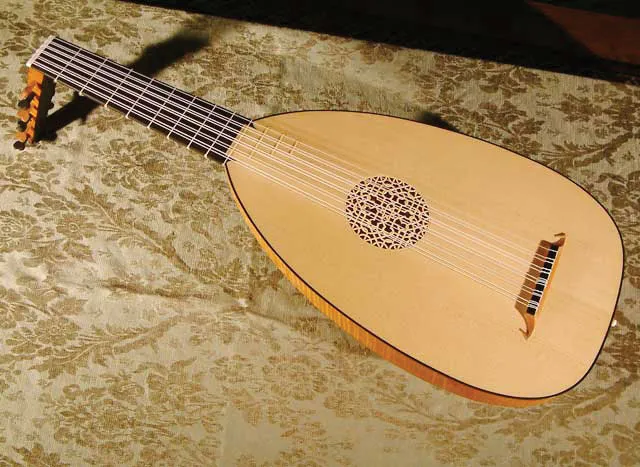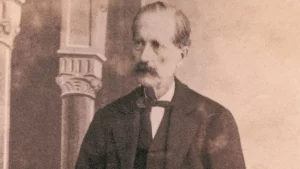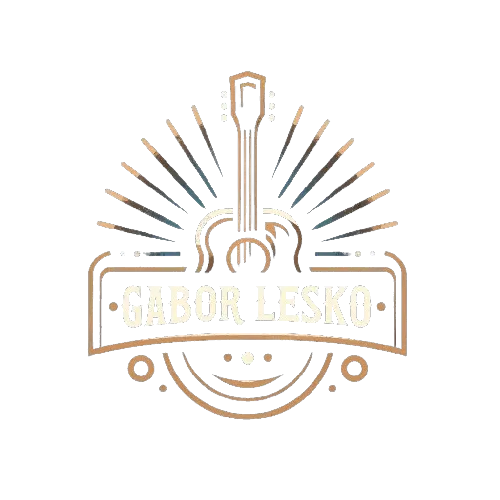Guitar history
The sounds of the guitar are an echo of centuries. This instrument, filled with musical possibilities and historical roots, is an integral part of the culture of many nations. Beginning thousands of years ago and evolving into one of the most popular musical instruments of our time, the history of the guitar is rich and fascinating.
Ancient roots

The history of the guitar goes back thousands of years, stretching across different cultures and continents. However, its earliest predecessors didn’t look much like modern instruments. Ancient civilizations such as the Egyptians, Greeks, and Romans used different forms of stringed instruments, but the common feature was the presence of a resonating body and strings strung on it
The history of the lute is a journey through centuries and cultures, from ancient civilizations to modern times. The lute-like instrument was originally common in Mesopotamia and Egypt, where graphic depictions show its curved shape.
Over time, the lute evolved, taking on different shapes and designs. During the Renaissance, it acquired more strings and new sizes, but its popularity began to wane. Spanish musicians favored instruments with a curved shape, ushering in the era of guitars.
Baroque guitars replaced the lute in musical circles from 1600 to 1750. They were improved with five rows of strings and movable frets that made them easier to play.
At the same time, the vihuela, with its hourglass-like shape, became popular in Spain, Portugal and Italy, remaining an important instrument in musical culture to this day.
In the late 18th century, Spanish guitars acquired a standard body and six strings, thanks to the talent of Antonio de Torres Jurado. His innovations, such as the expanded body and increased waist curve, changed the sound and design of the guitar forever.
Influential guitarists such as Andres Segovia made the classic Torres guitar a concert instrument, while immigrants to America brought new forms and technologies, including modern electric guitars.
In this way, the history of the guitar from the lute to the present day testifies to the continuous evolution of an instrument that continues to inspire musicians and delight listeners with its sound and capabilities.
Emergence of the modern guitar
The modern guitar is largely defined by the work of twenty-first century Spanish masters. It was in Spain that the guitar began to take on a recognizable shape and sound. Some of the early guitar masters, such as Antonio del Torres, created instruments that became the progenitors of the modern classical guitar.
Antonio del Torres

Antonio del Torres (1817-1892) is often referred to as the “father of the modern guitar.” This Spanish guitar maker played a key role in the evolution of the instrument, bringing not only technical improvements but also aesthetic innovations that have had a significant impact on the design and sound of the guitar to this day.
Born in the city of Almería, Torres began his career as a shepherd and carpenter. He first came to guitar making at the age of 17, when he began learning and repairing instruments. His passion soon led him to build his own guitars.
One of Torres’ most significant achievements was the introduction of the use of a “fan” rib arrangement in guitar design, which improved the sound and stability of the instrument. He also made significant changes to the size and shape of the guitar, improving its ergonomics and sound characteristics. His innovations included increasing the size of the body, reshaping the deck and fingerboard, and redesigning the sound hole.
Through his workshop in Granada, Torres became a renowned guitar maker, attracting customers from all over the world. His instruments were praised for their beauty, sound quality, and playing comfort.
Today, guitars made by Antonio del Torres are objects of collecting and reverence for many musicians and collectors. His influence on the world of guitar craftsmanship cannot be overstated, and his work continues to inspire instrument makers and musicians around the world.
Evolution of styles and techniques
Over time, the guitar has not only evolved in form, but also in sound and playing technique. In the 19th century in Spain, new guitar playing techniques such as the relaxed right hand (raspy way of playing), which gave rise to flamenco and other styles.
In the twentieth century, the guitar became a symbol of popular music. It was the main instrument in genres such as blues, jazz, rock and many others. The invention of the electric guitar in the early twentieth century, and then its mass production, revolutionized the music industry, opening new horizons of sounds and possibilities of expression for musicians.
Current trends
In modern times, the guitar continues to attract new fans and musicians. With the advancement of technology, new ways of using the guitar have emerged, such as digital sound processing, software for recording and creating music, and various effects and pedals.
Conclusion
From the earliest forms of ancient civilizations to today’s electric and digital variants, the guitar has permeated every corner of the musical world. Its sonic range and emotional power have made it indispensable in both academic and popular music.
Key figures such as Antonio del Torres have invested their talent and passion in the development of guitar craftsmanship, improving the sound and design of the instrument. Their contributions remain alive and inspiring to many of today’s craftsmen and musicians.
Today, the guitar continues to hold a special place in the hearts of musicians and music fans. Its versatility and ability to express itself make it an integral part of both world culture and every musical genre.
-
Who designed the first modern guitar?
Antonio del Torres (1817-1892) has been called ‘the father of the modern guitar’.
-
What did an ancient guitar look like?
The lute-like instrument was originally common in Mesopotamia and Egypt
-
What was the speciality of the guitar in the Baroque period?
Baroque guitars replaced the lute in musical circles from 1600 to 1750. They were improved with five rows of strings and movable frets to make them easier to play.

